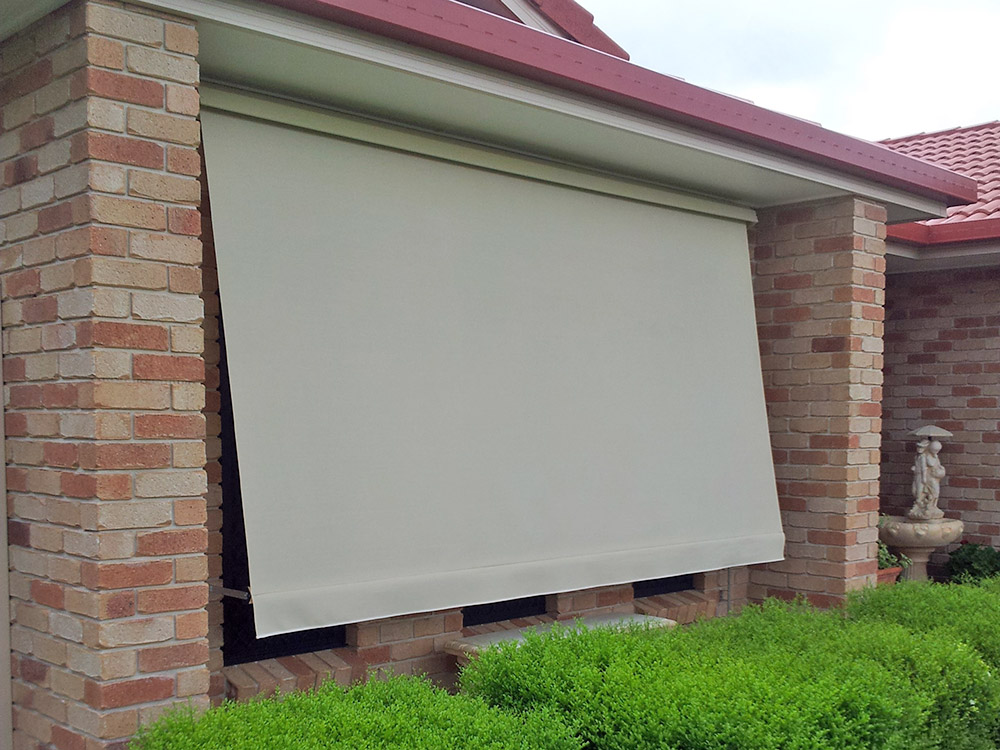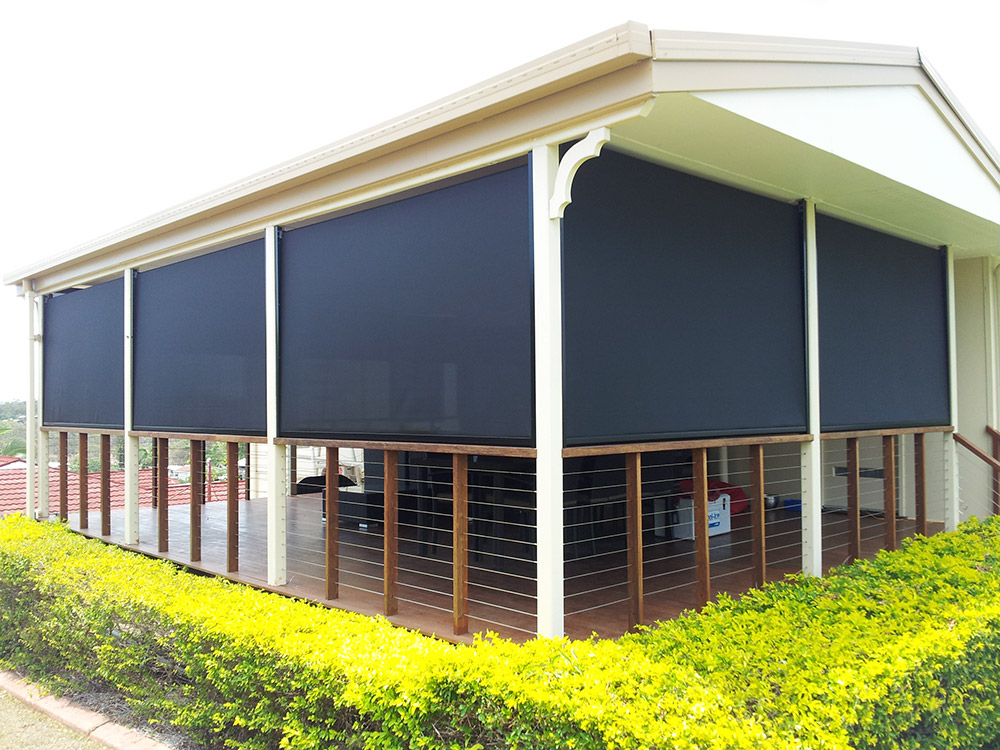Struggling with dusty, greasy roller blinds but dreading the thought of taking them down? Your roller blinds might look sleek and modern when they’re fresh, but dust, kitchen grease, and mysterious stains can quickly turn them into an eyesore.
Here’s the good news: keeping your roller blinds spotless doesn’t have to be complicated. Experts recommend cleaning them every four to six weeks or roughly twice per month, and the most effective approach is often the simplest one. Most roller blinds can be cleaned while they remain mounted, which means you can skip the frustrating process of removal and reinstallation entirely.
Think of this as your go-to solution whether you’re dealing with delicate fabric roller blinds that require gentle handling or hunting for proven methods to tackle stubborn stains using vinegar.
The reality is even better than you might expect. Cleaning your indoor blinds requires just five minutes every couple of weeks, making it an easy addition to your existing cleaning routine. Regular dusting of both the fabric and base bar removes dirt build-up effectively.
What follows is a straightforward approach to maintaining your roller blinds at their best—minimal effort required, no removal necessary.

Quick Cleaning Without Taking Blinds Down
Keeping your roller blinds spotless while they stay mounted requires just a straightforward four-step process. This method takes only five minutes and works perfectly when done once or twice monthly for best results.
Roll the blinds down fully
Start by extending your roller blinds completely. This step ensures you can access the entire fabric surface and eliminates folds where dust likes to hide. Pull the blind down until the fabric sits flat against the window. Complete extension allows you to clean both sides properly and reach spots that remain hidden when the blind is rolled up.
Vacuum or dust the surface
Remove loose debris first. A vacuum cleaner with a soft brush attachment delivers excellent results for this task. Work horizontally across the fabric using an S-shaped pattern, focusing extra attention on creases where dust collects. A feather duster or dry microfibre cloth works just as well for gentle dust removal. Don’t forget to clean both sides for complete coverage.
Wipe with a damp cloth and mild detergent
Time to tackle the stubborn dirt. Create a cleaning solution by mixing warm water with gentle dish soap or mild detergent (approximately 5%). Dip your soft cloth or sponge into this mixture, wringing it well to prevent excess moisture. Start at the top and work downward using side-to-side movements.
Vinyl-treated blinds with their smooth, glossy finish can handle slightly more moisture since they’re naturally water-resistant. Fabric blinds need a gentler approach—apply the solution to your cloth first rather than directly onto the fabric to avoid staining.
Let the blinds dry before rolling up
This step determines your success. Allow complete drying before rolling your blinds back up. Even vinyl blinds risk developing mould and mildew when stored damp. Keep the blinds fully extended until they’re thoroughly dry. Drying time depends on your blind material and current weather conditions. Position a fan toward the blinds for quicker results. This patience protects against mould growth and maintains your blinds’ appearance between deeper cleaning sessions.

How to Clean Different Roller Blind Materials
Not all roller blinds are created equal. Each material demands its own cleaning approach to avoid damage while maintaining that fresh appearance you’re after.
Cleaning fabric roller blinds
Fabric blinds require a delicate touch to preserve their quality. Regular maintenance starts with a feather duster or vacuum cleaner with a brush attachment to tackle dust buildup. The key with stains? Speed matters—act quickly before they set permanently.
Cotton roller blinds can handle hand washing, though expect some shrinkage or fading after multiple washes. Quality cotton maintains its freshness and softness longer than cheaper alternatives. For spot cleaning, mix mild detergent (about 5%) with water on a soft cloth. Always apply the solution to your cloth first, never directly to the fabric—this prevents unsightly staining. Gentle blotting works better than vigorous rubbing, which can damage the fibres.
Cleaning vinyl roller blinds
Vinyl blinds make your life easier with their smooth, glossy surface that practically begs for a quick wipe-down. These water-resistant options handle damp cloths far better than their fabric counterparts, making them perfect for Australian kitchens and bathrooms where moisture is constant.
The cleaning process is straightforward: dust with a microfiber cloth, then wipe with a damp cloth and mild soap solution. Follow up with a clean, damp cloth to rinse, then allow complete drying. Despite their durability, harsh chemicals will damage the surface over time—stick to gentle solutions.
Tips for sunscreen and blockout fabrics
Sunscreen fabrics need special consideration because of their open-weave design. Clean these specialised blinds with a sponge and mild detergent solution (5%), but never use solvents, aggressive rubbing, or soaking—any of these can destroy the material’s structure.
Blockout fabrics often feature special coatings that require even gentler handling. Wipe with a damp sponge and mild detergent, applying the solution to your sponge rather than the fabric. Avoid scrubbing at all costs—the blockout coating peels when scratched. Both sunscreen and blockout fabrics must dry thoroughly before rolling up to prevent mould formation.
Handling Stains, Mould and Grease
Regular cleaning keeps most issues at bay, but stains and mould have a way of appearing despite your best efforts. The key is tackling these problems quickly—the longer you wait, the harder they become to remove.
Spot cleaning stubborn marks
When you spot a stubborn mark, act fast. Start by testing any cleaning solution on a hidden area of your blinds to make sure it won’t cause discolouration or damage.
For persistent stains, choose a stain remover that’s suitable for your blind material. Apply the solution to your cloth first—never directly onto the fabric—then gently dab at the stain. Avoid rubbing vigorously, as this can spread the stain or damage the weave.
Pro tip: A soft toothbrush can work wonders on particularly stubborn marks. Brush gently in the direction of the fabric weave to lift the stain without creating unsightly lines. Always finish with a clean, damp cloth to remove any cleaning residue.
Removing mould with vinegar or lemon solution
Mould thrives in humid conditions and around areas with condensation—unfortunately, windows are prime real estate for this unwelcome guest. The good news? You can tackle mould naturally without harsh chemicals.
Mix equal parts white vinegar and lemon juice in a spray bottle for an effective, natural solution. Spray the affected areas and let the mixture sit for about 10 minutes. The acid in both ingredients works to break down the mould structure.
After the solution has had time to work, gently scrub with a soft brush, then rinse thoroughly with clean water. Make sure your blinds dry completely afterwards—any remaining moisture will just invite the mould back.
Note: If you’re dealing with persistent mould issues or plumbing-related moisture problems affecting your blinds, Water Smart Plumbing can provide professional advice and services to address the root cause.
Degreasing kitchen roller blinds
Kitchen blinds cop the worst of it—grease from cooking settles on everything, including your window treatments. Here’s how to cut through that greasy buildup effectively.
Start with dust removal using your vacuum’s brush attachment. This prevents you from just pushing dirt around when you start the wet cleaning process.
Next, prepare a solution of warm water and mild dish soap. Apply this to a cloth (not the blind directly) and wipe down the surface, working from top to bottom. For particularly stubborn grease, a diluted vinegar solution can be especially effective at cutting through the buildup.
Keep the fabric damp rather than soaking wet throughout the process. Once you’ve tackled the grease, make sure the blinds dry thoroughly before rolling them up—trapped moisture creates the perfect environment for mould growth.

Best Practices and What to Avoid
Effective roller blind maintenance goes well beyond the basic cleaning routine. Understanding what not to do proves just as critical as mastering the correct techniques.
Avoid soaking or scrubbing fabric blinds
Fabric roller blinds require a delicate approach that many homeowners overlook. Soaking these blinds—unless your manufacturer explicitly recommends it—can lead to water stains, warping, and structural damage to the weave.
The same principle applies to aggressive scrubbing or rubbing motions. These actions frequently cause fraying, tears, or permanent damage to delicate fabric surfaces. Your best approach? Gentle spot cleaning combined with light wiping motions that respect the material’s limitations.
Important: Always test any cleaning solution on a hidden area first. This simple step helps you identify potential colour changes or adverse fabric reactions before they become visible problems.
Don’t use harsh chemicals or solvents
Harsh chemicals pose a serious threat to your roller blinds’ longevity. Bleach, ammonia, abrasive cleaners, and solvents can cause permanent discolouration, fading, or material deterioration that no amount of careful cleaning can reverse.
Products containing alcohol deserve particular caution when cleaning your blinds. Instead, stick to mild, non-abrasive options like diluted dish soap or manufacturer-recommended blind cleaners.
For most situations, a straightforward mixture of mild soap and warm water delivers the safest and most effective results.
Never roll up damp blinds
This rule stands as perhaps the most crucial guideline for roller blind care. Rolling up damp blinds creates an ideal breeding ground for mould and mildew—problems that can destroy your blinds’ appearance and potentially impact your health.
Moisture trapped inside rolled-up blinds also damages the operating mechanism over time, leading to costly repairs or replacements. Speed up the drying process by positioning a fan towards your blinds or ensuring proper room ventilation.
The patience required for complete drying pays dividends in extended blind life and maintained appearance.

Conclusion
Clean roller blinds make a significant difference to your home’s appearance and the longevity of your window treatments. The four-to-six-week cleaning schedule keeps dust, stains, and mould under control while maintaining your blinds’ quality over time.
The beauty of this approach lies in its simplicity. Those five-minute maintenance sessions between deeper cleans keep your blinds looking fresh without the drama of removing and reinstalling them. Just remember the fundamentals: gentle methods suited to your blind material, complete drying before rolling up, and steering clear of harsh chemicals that cause permanent damage.
Your blind material matters—fabric needs lighter handling, while vinyl can take more moisture. Mild soap solutions and gentle wiping consistently deliver the best results across all types.
When moisture issues around your windows create ongoing problems with your blinds, Water Smart Plumbing provides professional plumbing services and expert advice to address the root cause.
Stick to a regular cleaning routine, and you’ll prevent the build-up that makes cleaning harder later. Your roller blinds will maintain their crisp appearance and continue enhancing your home for years to come. Simple maintenance, lasting results.
Key Takeaways
Keep your roller blinds looking fresh with these simple maintenance techniques that require no removal and just five minutes of your time.
-
- Clean roller blinds every 4-6 weeks by fully extending them, vacuuming dust, and wiping with a mild soap solution
-
- Different materials need specific care: fabric blinds require gentle handling, while vinyl blinds can handle more moisture
-
- Always let blinds dry completely before rolling up to prevent mould growth and mechanism damage
-
- Avoid harsh chemicals, excessive scrubbing, and soaking fabric blinds to prevent permanent damage
-
- Tackle stains immediately with appropriate cleaners and use vinegar-lemon solutions for mould removal
Regular maintenance prevents the buildup of dust, grease, and stains while extending your blinds’ lifespan. The key is consistency and using the right technique for your specific blind material.


